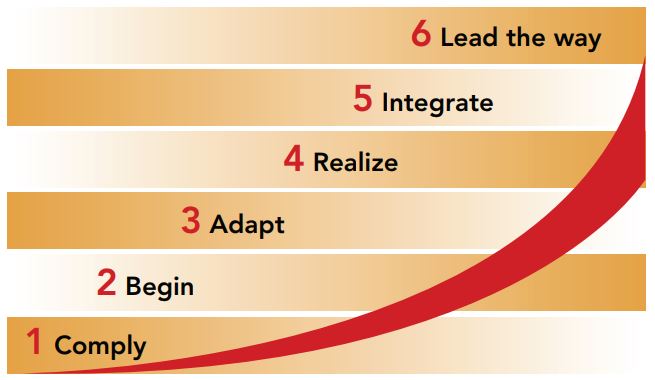Governments have a moral obligation to lead Canadians toward a better way of living and often do so through the development and implementation of policies. Social intelligence should be no different.
I’ve mentioned previously how corporations should increase their social intelligence by
acknowledging, addressing and investing in the social dimensions of CSR such as gender diversity and inclusion, mental health, and intergenerational issues. Anyone reading the national newspapers regularly will confirm that there isn’t a day that goes by where there is an article on one of these three topics. Today I’d like to delve into the mental health issue and provide some facts that support the business case on why governments should invest in this area.
According to a report by the Mental Health Commission of Canada entitled “Making the case for investing in mental health in Canada” (2010), the economic cost to Canada is at least $50 billion per year. This represents 2.8% of Canada’s 2011 gross domestic product. Health care, social services and income support costs make up the biggest proportion of these costs. But it also costs business more than $6 billion in lost productivity (from absenteeism, pre-senteeism (meaning the tendency to stay at work beyond the time needed for effective performance on the job and turnover) in 2011.
One in five people in Canada experience a mental health problem or illness and it affects almost everyone in some way:
• More than 6.7 million people in Canada are living with a mental health problem or illness. By comparison 2.2 million people in Canada have type 2 diabetes.
• Mental health problems and illnesses hit early in people’s lives. More than 28% of people aged 20-29 experience a mental illness in a given year. By the time people reach 40 years of age, 1 in 2 people in Canada will have had or have a mental illness.
• If we include families and caregivers, mental health problems and illnesses impact almost everyone in some way.
• Mental health problems and illnesses account for approximately 30% of short and long-term disability claims and are rated one of the top three drivers of such claims by more than 80% of Canadian employers.
So given these facts, what am I suggesting governments do? First and foremost would be to invest in prevention and awareness programs targeting children and families. According to the CMHC, if we just reduced the number of people experiencing a new mental illness in a given year by 10% – something that is very feasible in many illnesses among young people, after 10 years we could be saving the economy at least $4 billion a year. Costs are also saved by avoiding hospitals and the criminal justice system – a price tag that has not been calculated yet. Secondly, improved management of mental health specifically focused in the workplace including prevention and early action to combat stress and identifying growing problems could decrease losses to productivity.
Some levels of government are beginning to look more closely at this issue and some are instituting an “organizational effectiveness” branch to capture this kind of work. It’s a long road but a long overdue one that demands qualities not usually seen in the workplace. It will require new expectations including empathy; active listening; cooperation; and support for fellow co-workers, among others. In a world that has survived by out-smarting, out-competing; or simply outing others, it will take time to shift this culture. I do believe it can happen. An organization is made up of a group of individuals and we are each responsible and capable of rising to this expectation.






